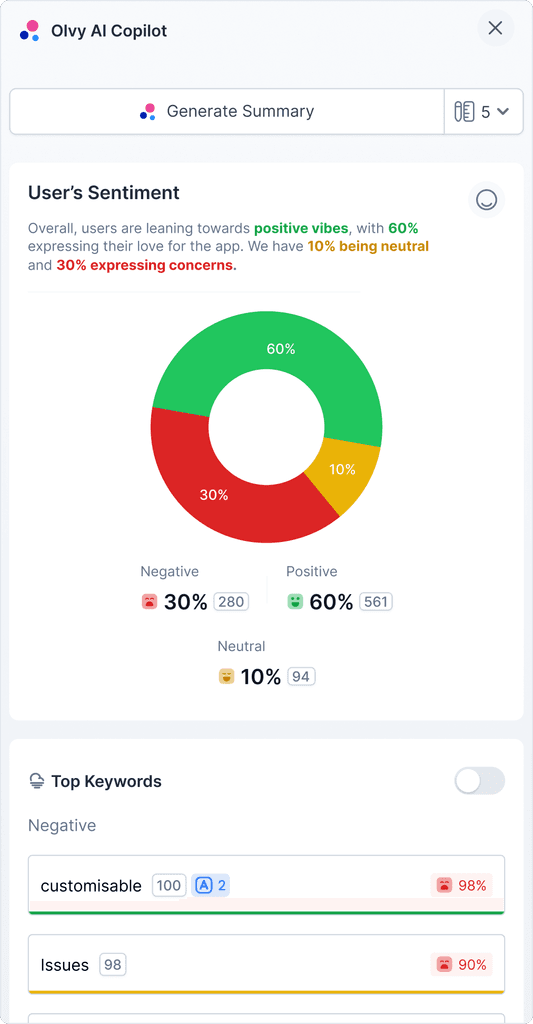Designing your Value Proposition by Alex Osterwalder at Mind the Product 2014
Target Customer and Creating Value 🤔 The need for a target customer and understanding the value provided: "I don't think I need to wrap my compounds in your nanotubes well maybe not you so for people who buy it. What's the value you are providing them." 🚗 Tesla targets the upper middle class as potential buyers, indicating that they have a specific target market in mind for their product. 🚗 When designing a value proposition for a specific customer segment, it is important to consider their needs and desires holistically, beyond just the specific product or service being offered. 🗺️ Mapping out the jobs, pains, and gains of customer segments is a crucial starting point for user research and the evolution of a value proposition. 🤔 Describing the connection between products and services and the jobs, pains, and gains of customers is where it gets interesting in creating value propositions. 💡 The value proposition is not about listing features, but about explaining how the product or service creates a connection and solves a specific pain point. ⚡️ The Tesla Model S has a range of 350 to 450 kilometers, making it a viable option for those seeking independence from frequent charging. Value Proposition Canvas and Business Model 💼 "Often we still have tools from 1985...today the world has changed. It's faster, different technology, globalization and so on so we need tools from today." 🌍 Traditional business conversations often lack a shared language and can be vague, but the Value Proposition Canvas provides a framework for discussing and defining value propositions and business models. 📚 The value proposition canvas is a valuable tool for building a great product and business model, complementing the Business Model Canvas. 🗺️ It is important to be able to describe how a product or service is creating value, not just the features it offers.
